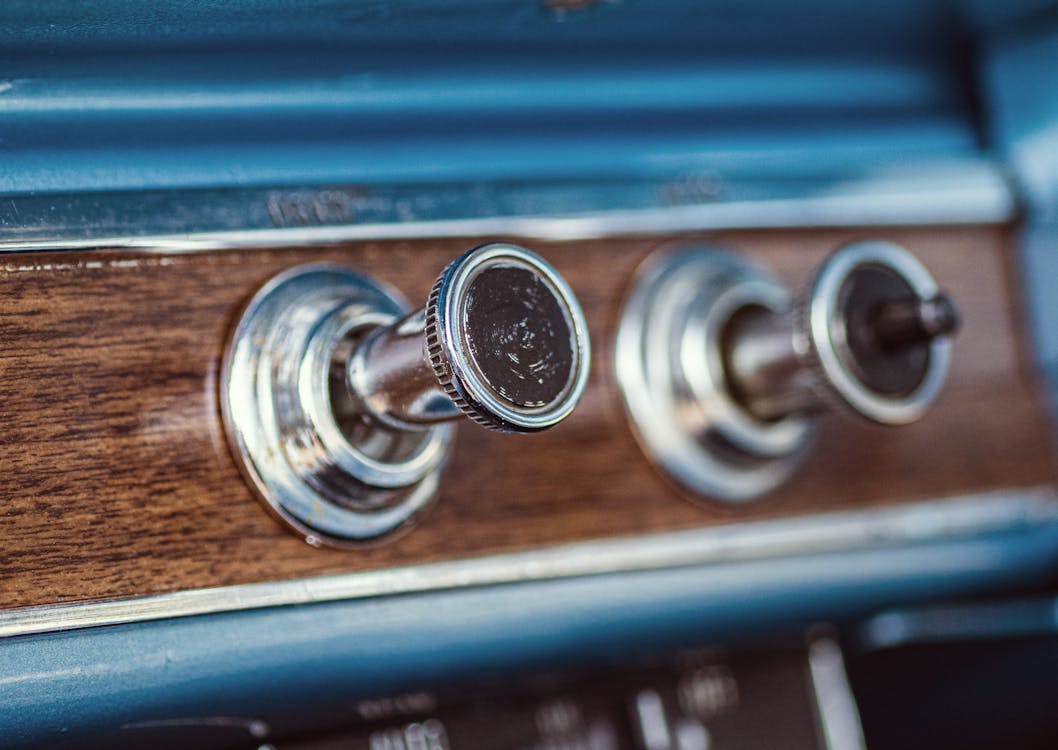
For the past decade, automobile insides have been rapidly evolving towards smooth, screen-dominated control panels. Touchscreens changed traditional handles, sliders, and buttons in what several presumed was the inevitable march of development. Yet, in an unexpected spin, physical buttons are quietly making their back into contemporary vehicles. The change signals greater than just a classic nod-- it's a response to real-world comments from drivers food craving simpleness, safety, and responsive complete satisfaction.
The Digital Overload Dilemma
When touchscreens initially started taking over dashboards, they seemed like the future: tidy, personalized, and loaded with functions. They got rid of mess and allowed automakers to enhance their insides with less physical parts. But as more functions were buried within digital menus, motorists started to articulate problems.
Touchscreens frequently need several steps to carry out fundamental tasks like changing the climate or altering the radio station. Unlike buttons, they lack the intuitive muscular tissue memory that allows a driver to change a setup without taking their eyes off the roadway. With a lot occurring on-screen, it ends up being all too easy to obtain sidetracked-- something nobody wants when traveling at freeway speeds.
The Return of Tactile Functionality
One of the biggest benefits of switches is their tactile feedback. You can feel them without requiring to look. This sensory support makes them not just hassle-free yet much safer for chauffeurs. When your hand instinctively recognizes where the volume knob is or just how far to press a switch to activate the defrost, it lowers the requirement to glance down or far from the road. And while touchscreens supply comfort for infotainment and navigating, the vital everyday features-- like hazard lights, audio controls, and HVAC-- really feel better matched to physical controls.
In fact, several chauffeurs that previously spoke highly of electronic systems have shared gratitude for more recent models that blend modern-day aesthetic appeals with the practical feel of typical controls. It's not about turning down innovation-- it's regarding improving use.
A Balanced Design Philosophy
Designers have paid attention to this changing sentiment. Instead of abandoning screens, they're reconsidering just how they're incorporated. The best interiors now strike a balance between digital adaptability and analog accuracy. That suggests purposefully placing buttons for vital functions while utilizing digital interfaces for apps, navigation, and media.
This hybrid method is especially prominent in cars developed for long-distance driving or households. The simplicity of pushing a button without fumbling through a food selection makes a large distinction when you're trying to stay concentrated, comfy, and risk-free. Even in vehicles recognized for sophisticated technology, an easy rotary dial or responsive control can be the function that wins over vehicle drivers seeking thoughtful style.
Buttons and the Emotional Connection
There's also something uniquely psychological regarding buttons. learn more here They bring a particular level of involvement that touchscreens just do not duplicate. Pressing a switch or turning a dial seems like you're physically connecting with your cars and truck-- it adds a layer of link that makes the driving experience much more delightful.
For those thinking about used Chevy cars, cars from current years often use the most effective of both worlds: responsive touch user interfaces paired with traditional physical controls. These versions bridge the gap between development and experience, making them ideal for chauffeurs that value modern-day attributes without sacrificing ease of use.
Innovation Isn't Just About Screens
It's simple to merge modern technology with displays, yet real innovation means improving the chauffeur experience. In this light, buttons are a type of wise design. They're fast, accurate, and don't demand focus. As automotive layout becomes significantly driver-centric, ease and intuition take spotlight.
This likewise ties directly into the resale and trade-in worth of lorries. Cars that focus on straightforward functions have a tendency to age far better in the eyes of future purchasers. If you're thinking about a Chevrolet trade in, knowing that your existing car offers an attentively designed inside, complete with quickly accessible controls, can have a favorable influence.
The Future Is Functional
As cars and truck producers re-evaluate the duty of interfaces in the cabin, they're assisted by driver comments and real-world use research studies. The rebirth of buttons doesn't signify a return to the past-- it's an advance in thoughtful, user-first style. It recognizes that progress does not constantly mean eliminating the old however incorporating it in such a way that makes driving safer, simpler, and a lot more delightful.
If you're in the marketplace and exploring Chevy new car deals, keep an eye on how different models handle their indoor controls. It's not almost the touchscreen dimension-- it's regarding exactly how the car helps you remain concentrated on the roadway while making your everyday commute much more intuitive. Buttons could not be the flashiest attribute, however they're swiftly becoming one of the most valued.
For more understandings into automotive fads, interior decoration advancements, and smart vehicle purchasing ideas, make sure to check back routinely. We're constantly updating the blog site with fresh concepts to help you browse the road in advance.